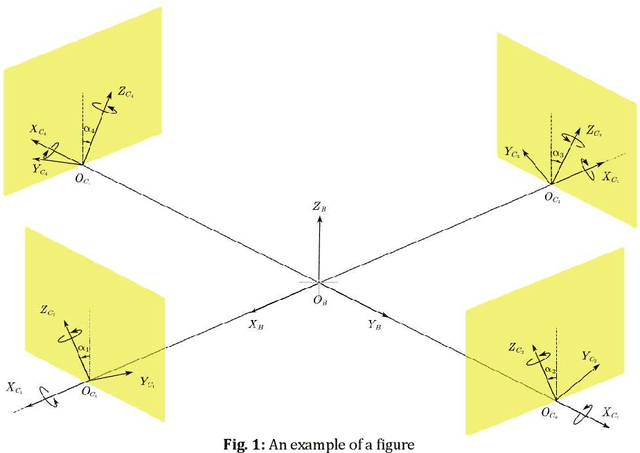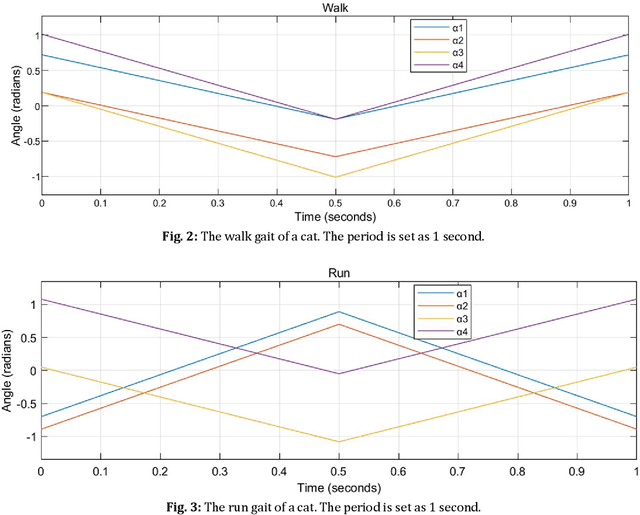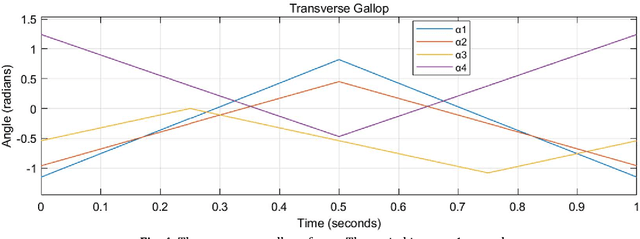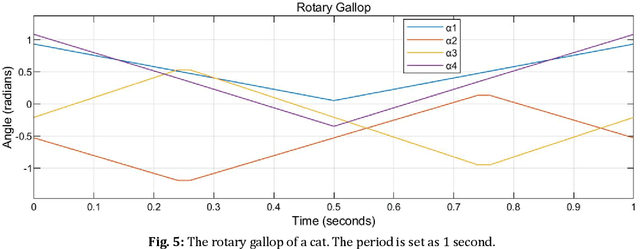Cat-inspired Gaits for A Tilt-rotor -- from Symmetrical to Asymmetrical
Paper and Code
Mar 22, 2022



Among the tilt-rotors (quadrotors) developed in the last decades, Rylls model with eight inputs (four magnitudes of the thrusts and four tilting angles) attracted great attention. Typical feedback linearization maneuvers all the eight inputs with a united control rule to stabilize this tilt-rotor. Instead of assigning the tilting angles by the control rule, the recent research predetermined the tilting angles and left the magnitudes of the thrusts the only control signals. These tilting angles are designed to mimic the cat-trot gait, avoiding the singular decoupling matrix feedback linearization. To complete the discussions of the cat-gaits inspired tilt-rotor gaits, this research addresses the analyses on the rest of the common cat gaits, walk, run, transverse gallop, and rotary gallop. It is found that the singular decoupling matrix exist in walk gait and rotary gallop. Further modifications are conducted to these two gaits to accommodate the application of feedback linearization. The modified gaits with different periods are then applied to the tilt-rotor in tracking experiments, in which the references are uniform rectilinear motion and uniform circular motion. All the experiments are simulated in Simulink, MATLAB. The result shows that.
 Add to Chrome
Add to Chrome Add to Firefox
Add to Firefox Add to Edge
Add to Edge